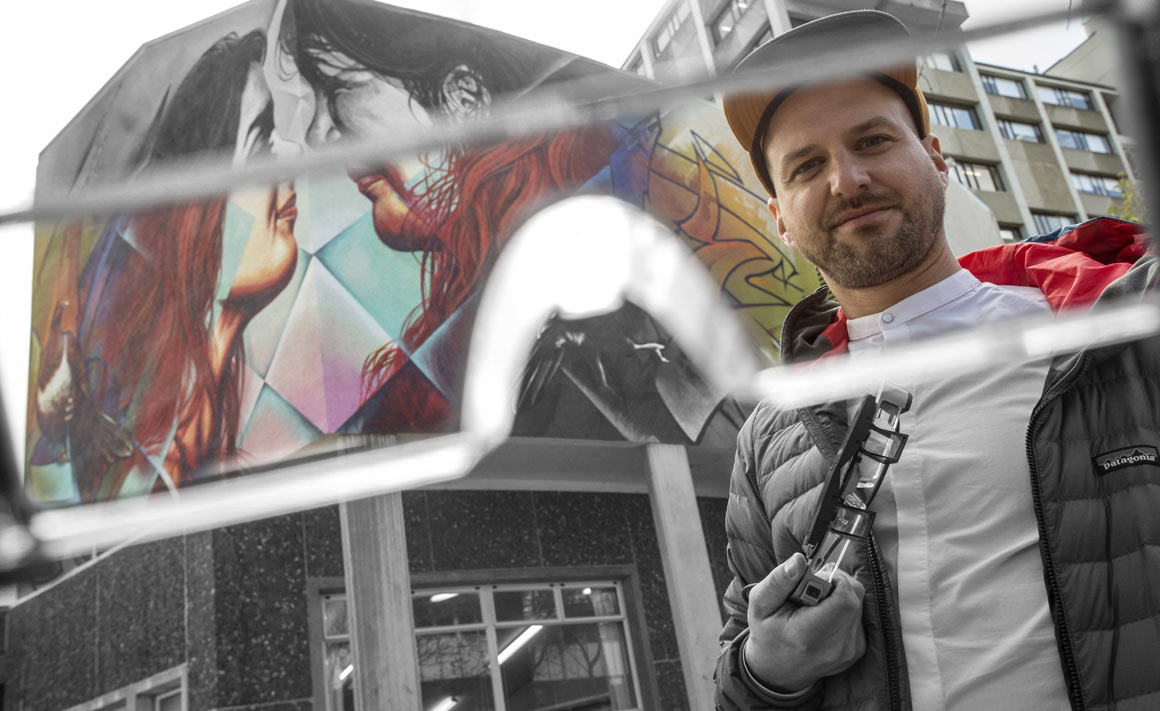 Monday 8 January 2018 8:47am
Monday 8 January 2018 8:47am
Combining optics and computational power, Dr Tobias Langlotz's computational glasses offer potential for helping with visual impairments.
Imagine a world where colour blindness could be corrected simply by wearing computerised optical glasses.
Head-worn glasses with integrated displays in the user's view, such as Microsoft's HoloLens, are already in the market place and enable wearers to interact with digital content alongside the world around them.
Augmented reality enthusiasts and game developers have been quick to see their potential but, as they become less bulky and more like conventional prescription glasses, researchers – including those at the University of Otago – are investigating the possibilities of applying the technology to solve functional problems.
Otago's Dr Tobias Langlotz (Information Science) is looking at how to combine optics and computational power to compensate for a range of visual impairments. He terms this new approach “computational glasses” and is currently investigating the first prototypes for correcting colour blindness.
Langlotz is drawing from existing studies that identified how colours can be made visible to colour-blind people and is combining that research with optical see-through head-mounted display (OSTHMD) technology.
Currently, OSTHMDs are used to superimpose the environment with digital information. The key for turning OSTHMDs into computational glasses is to develop techniques that can analyse and change the appearance of the environment around the user.
The challenge for Langlotz and his Dunedin-based team, therefore, is to make a semi-transparent display for eyewear that is smart enough to sense and modulate the environment seen by the colour-blind person.
This altered view, which needs to be pixel-precise, has to be seen while the eyeglass wearer is also looking directly at their real-world environment.
He has already demonstrated feasibility, developing a first prototype headset that alters colour perception for sufferers of colour blindness.
While there is still a lot of work to do, he believes adopting augmented reality technology for developing computational glasses has the potential to offer practical and permanent digital solutions to colour blindness.
“This isn't a cure, but it has the potential to make a real difference in how they see their environment. It could literally change the world for those suffering from colour vision deficiency.”
If the prototype can be developed into a product that is useable in an everyday environment, it could also revolutionise the diagnosis and management of other significant eye-related issues: Langlotz is interested in investigating other visual impairments, in particular, age-related vision problems.